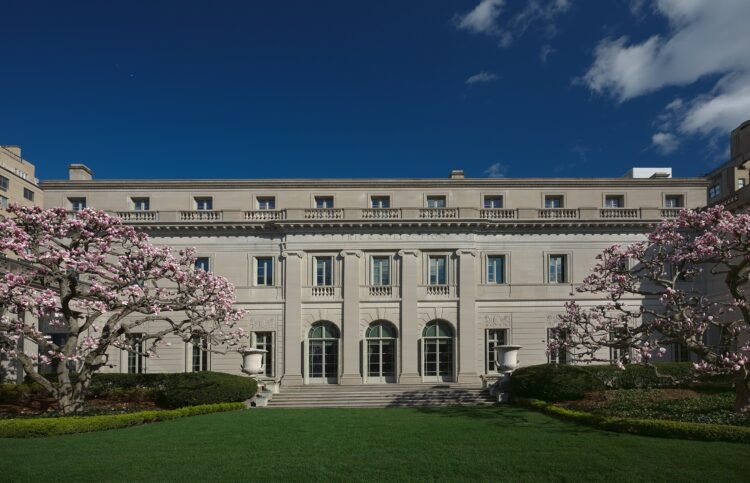A Legacy Reborn
Founded by industrialist and art collector Henry Clay Frick (1849–1919), the Frick began as his private residence—a showcase of European masterworks, sculpture, and decorative arts. In his will, Frick gifted his home and collection to the public, ensuring that future generations could share in his passion for art and beauty.
Today, The Frick Collection remains one of the world’s premier institutions of fine and decorative arts, its holdings having more than doubled since its opening. Spanning from the Renaissance through the 19th century, the collection continues to embody Frick’s vision of elegance, scholarship, and accessibility.
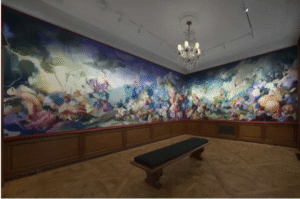
A Thoughtful Transformation
The recent renovation—led by Selldorf Architects—was conceived not as a reinvention but as a reverent enhancement. The goal: to preserve the Frick’s distinctive character while modernizing its infrastructure and expanding its public offerings.
Among the most striking additions is a new entrance hall that seamlessly integrates with the mansion’s neoclassical architecture. Visitors can now linger at the Museum Café, Westmoreland, named after Henry Clay Frick’s private Pullman railway car, where upscale American seasonal fare is served in a setting that marries historic charm with contemporary design.
For the first time in its history, the second floor is open to the public, featuring new interactive spaces for music, performance, and educational programming. A Cabinet Gallery offers an intimate look at rarely displayed drawings, enriching the visitor experience with a sense of discovery and intimacy.
Preserving a Scholarly Legacy
The Frick Art Research Library—founded more than a century ago by Frick’s daughter, Helen Clay Frick—has also undergone a renaissance of its own. Recently renamed from the Frick Art Reference Library, it remains a cornerstone of art historical scholarship, serving students, researchers, and art lovers from around the world.
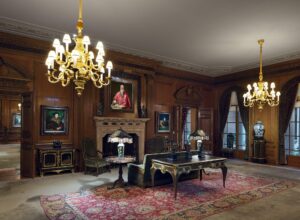
Rediscovering the Frick
The Frick Collection’s reopening marks a new chapter for one of New York’s most storied museums. Open for several months now, it has quickly reclaimed its place as a must-visit destination, where historic grandeur meets modern sophistication.
With refreshed galleries, expanded access, and renewed energy, the Frick continues to honor Henry Clay Frick’s vision while inspiring a new generation of art lovers. Nearly a century after its debut, this Fifth Avenue icon feels both timeless and freshly alive.
TIMELINE
1849
Henry Clay Frick is born in Pennsylvania. He becomes a prominent industrialist and art collector during the Gilded Age.
1890s–1910s
Frick begins building his extensive art collection, acquiring Old Master paintings, sculpture, and decorative arts.
1913–1914
Construction begins on Frick’s Fifth Avenue mansion in New York City (between 70th and 71st streets), designed by architect Thomas Hastings of Carrère and Hastings.
1919
Henry Clay Frick dies, leaving his home, furnishings, and art collection to the public “for the purpose of establishing a museum.”
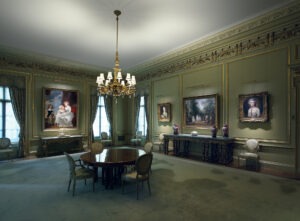
1931
After the death of Frick’s widow, Adelaide Childs Frick, plans move forward to convert the residence into a museum.
1931–1935
The mansion is transformed into a museum under architect John Russell Pope, who adds a new entrance hall, garden court, and galleries.
December 16, 1935
The Frick Collection officially opens to the public.
1977
A new wing designed by John Barrington Bayley is added, expanding exhibition and administrative space.
2011
The Frick Art Reference Library and The Frick Collection are formally integrated as a single institution.
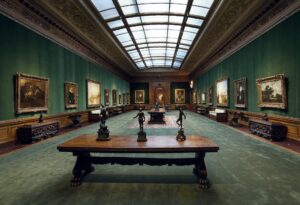
2020
The museum closes temporarily for a major renovation and expansion of its Fifth Avenue building, designed by Selldorf Architects.
2025
The renovated Frick Collection building reopens on Fifth Avenue with expanded galleries and restored historic spaces.


